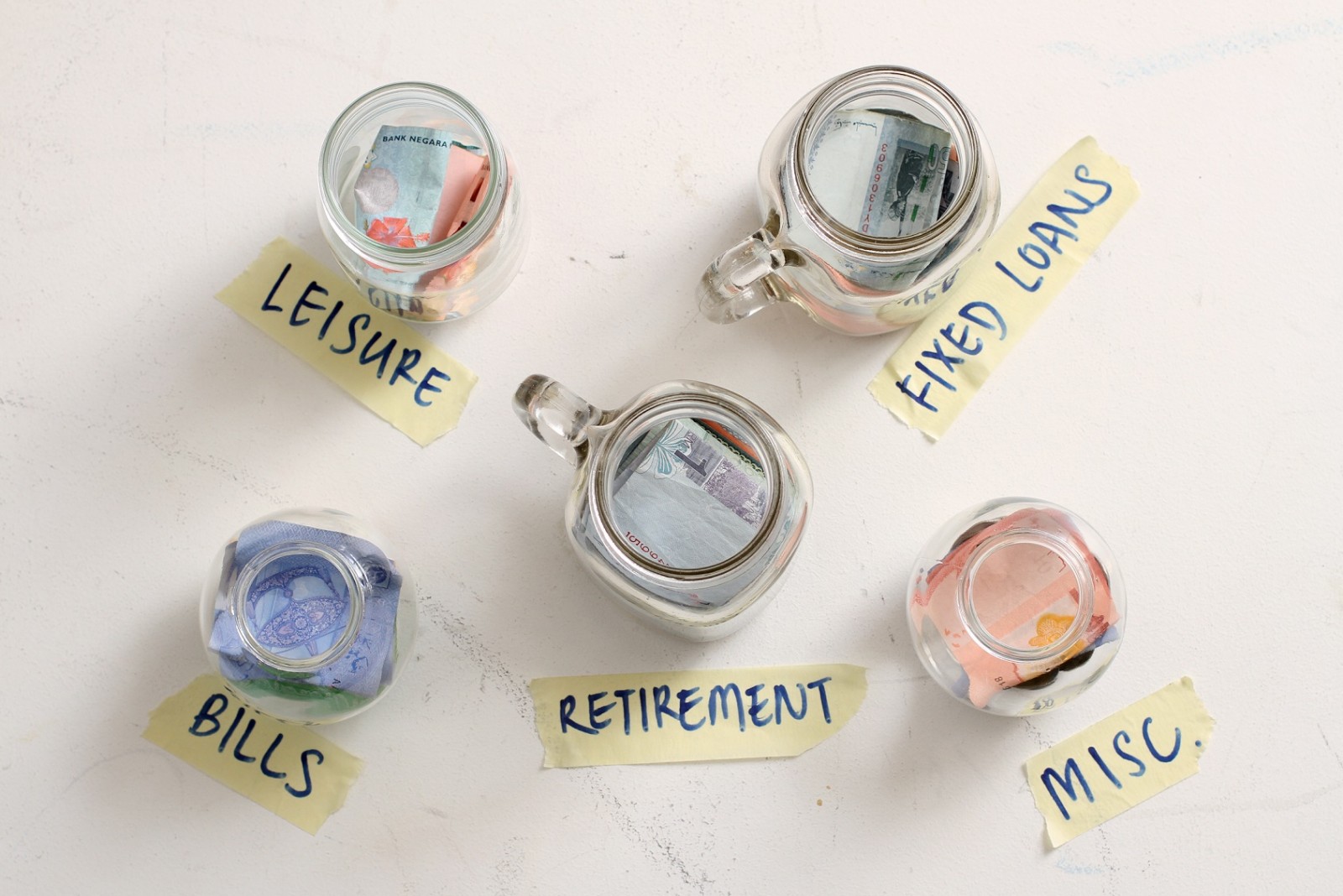EPF Strategy Management Department senior manager Farizan Kamaluddin shares what you can do with your EPF contribution and how else you can prepare for retirement.
■ Before reaching the full withdrawal age, EPF allows its members to withdraw part of their savings from Account 2 to fulfill their needs to purchase a house, pay for tertiary education (both your own and that of your children) and pay for treatment for critical illnesses.
■ If members want to make an investment, they can also opt to invest part of their EPF savings in the EPF Members Investment Scheme (EPF-MIS), which allows them to transfer part of their savings in Account 1 into approved unit trust funds through fund management institutions. Members are advised to make their own decisions based on their risk appetite and investment objectives, as well as understand the objectives of the scheme and investment risks before deciding to participate in it.
■ Another channel to consider – the 1Malaysia Retirement Scheme. It’s an avenue for self-employed individuals, housewives and those without a fixed monthly income to save for their retirement. Individuals can contribute voluntarily at a minimum of RM50 a month and a maximum of RM60,000 a year. They will enjoy the same benefits as EPF members. Here’s the best part: the government has allocated additional contributions of 10% per year up to RM120 up until 2017. If they start saving early, they will benefit from the compounding effects in the long term.
■ To encourage members to plan for their retirement, EPF has set up Retirement Advisory Services (RAS) at selected EPF branches to offer free advice to members on their EPF funds and retirement plans. RAS is available at EPF offices in Kuala Lumpur, Petaling Jaya, Johor Baru and Seberang Jaya.







Tell us what you think!